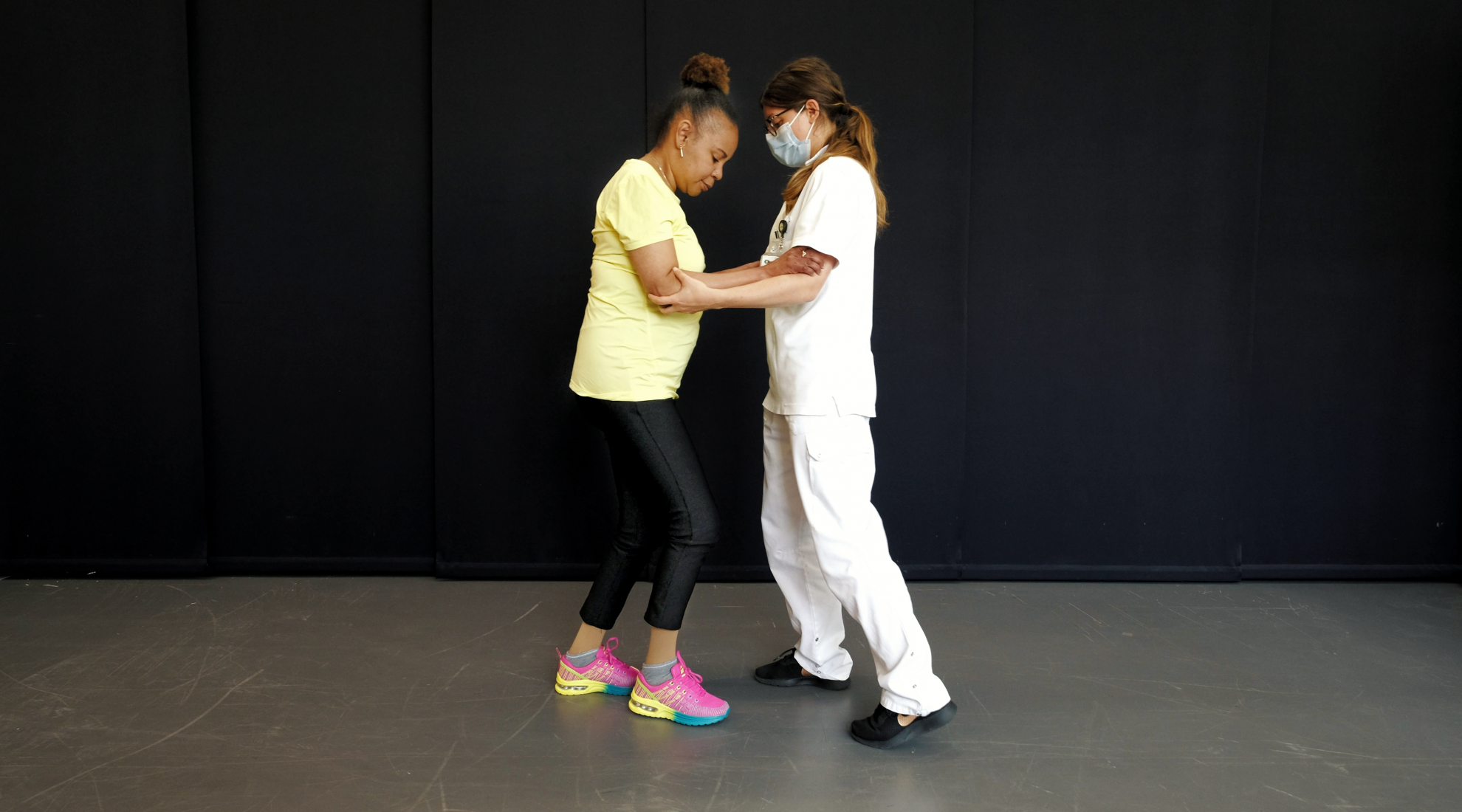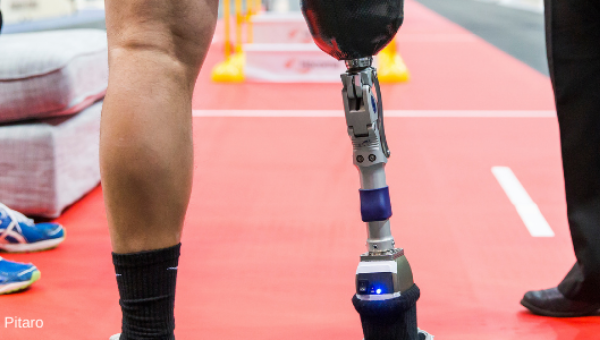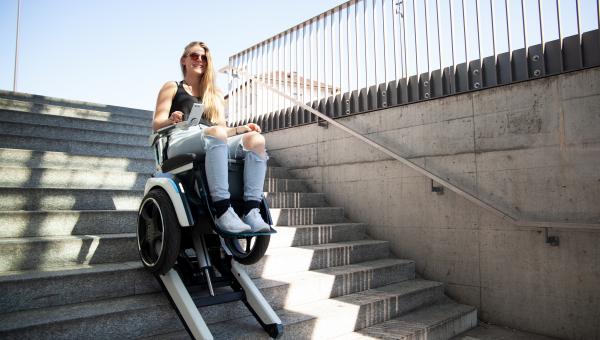Electrostimulation in the spinal cord makes walking possible again

A woman who systematically lost consciousness in the upright position and was bedridden for 18 months finally managed to walk again thanks to a new electrostimulation technique developed in Switzerland.
The 48-year-old patient suffers from a fatal neurodegenerative disease called multiple system atrophy – parkinsonian type (MSA-P). Patients with the disease faint immediately when in an upright position, owing to a dramatic drop in blood pressure. According to studies, this rare disease with symptoms similar to Parkinson’s appears between 1.9 to 4.9 times in a population of 100,000 and has had no promising cure up to now. Because of the disease, the woman had been bedridden for 18 months, unable to walk more than five metres.
Electrodes and sensors for better blood pressure
A research team from the NeuroRestore research centre led by Jocelyne Bloch, a neurosurgeon at Lausanne University Hospital, and Grégoire Courtine, a professor of neuroscience at EPFL, implanted electrodes on the patient's spinal cord, along with an acceleration sensor that records the patient's position. When she sits or stands up, stimulation of the nerves in the spinal cord is activated and blood pressure is regulated.
From being bedridden to walking 250 metres
After three months of neurorehabilitation training, the patient was able to walk more than 250 metres with a walker without falling into unconsciousness – provided the stimulation was turned on. Moreover, she hardly ever became unconscious again when sitting in an upright position at home. The therapy allowed the patient to stop taking her blood pressure medication. She now lives at home, where she is supported by her husband and nursing staff.
We’ve already seen how this type of therapy can be applied to patients with a spinal cord injury. But now we can explore applications in treating deficiencies resulting from neurodegeneration. This is the first time we’ve been able to improve blood pressure regulation in people suffering from MSA.
It is not the first time the team has had success with electronic implants. In a recent publication it was announced that three paraplegic patients were able to stand, walk and swim again with the help of electrodes and artificial intelligence software.




